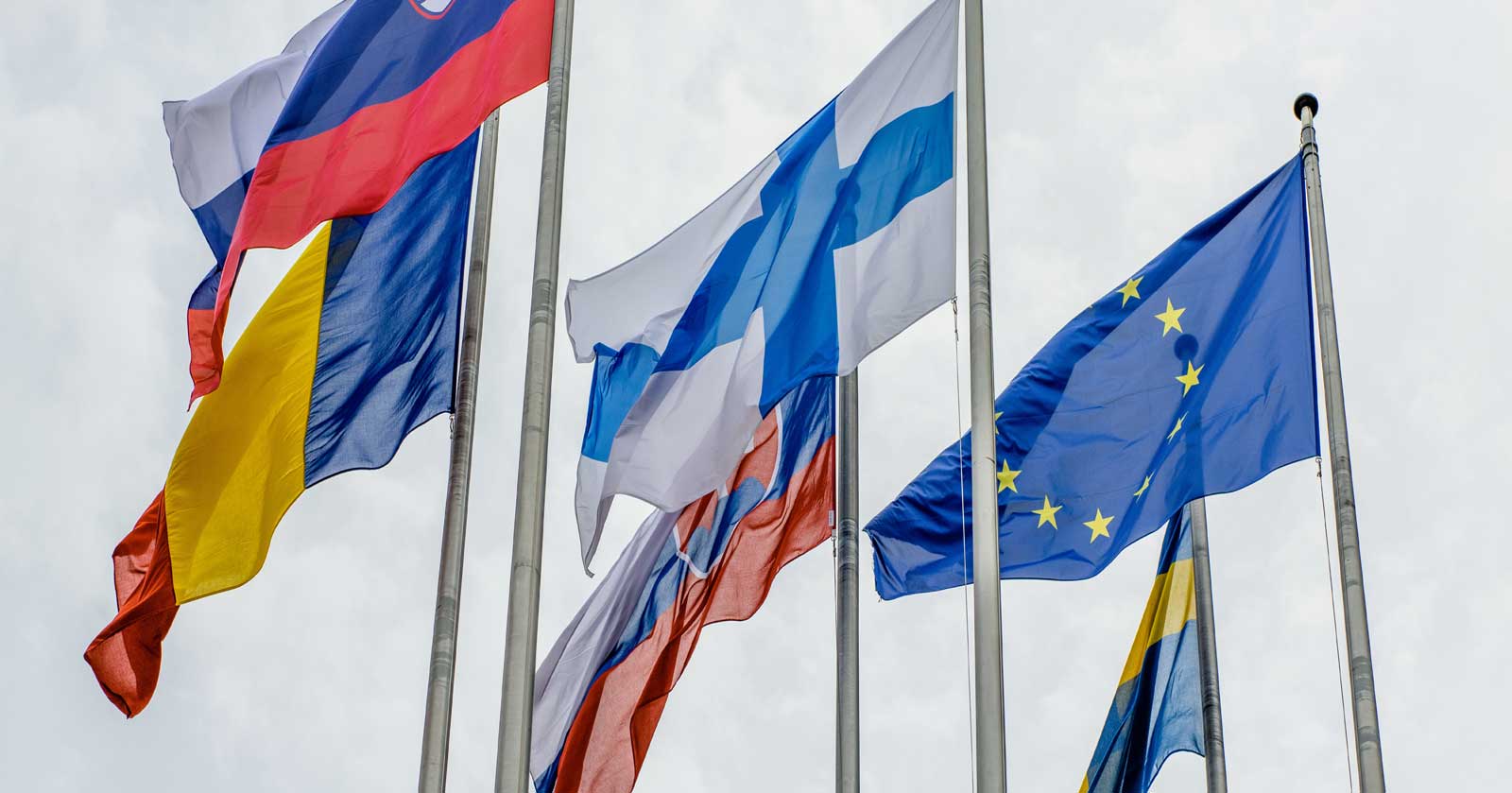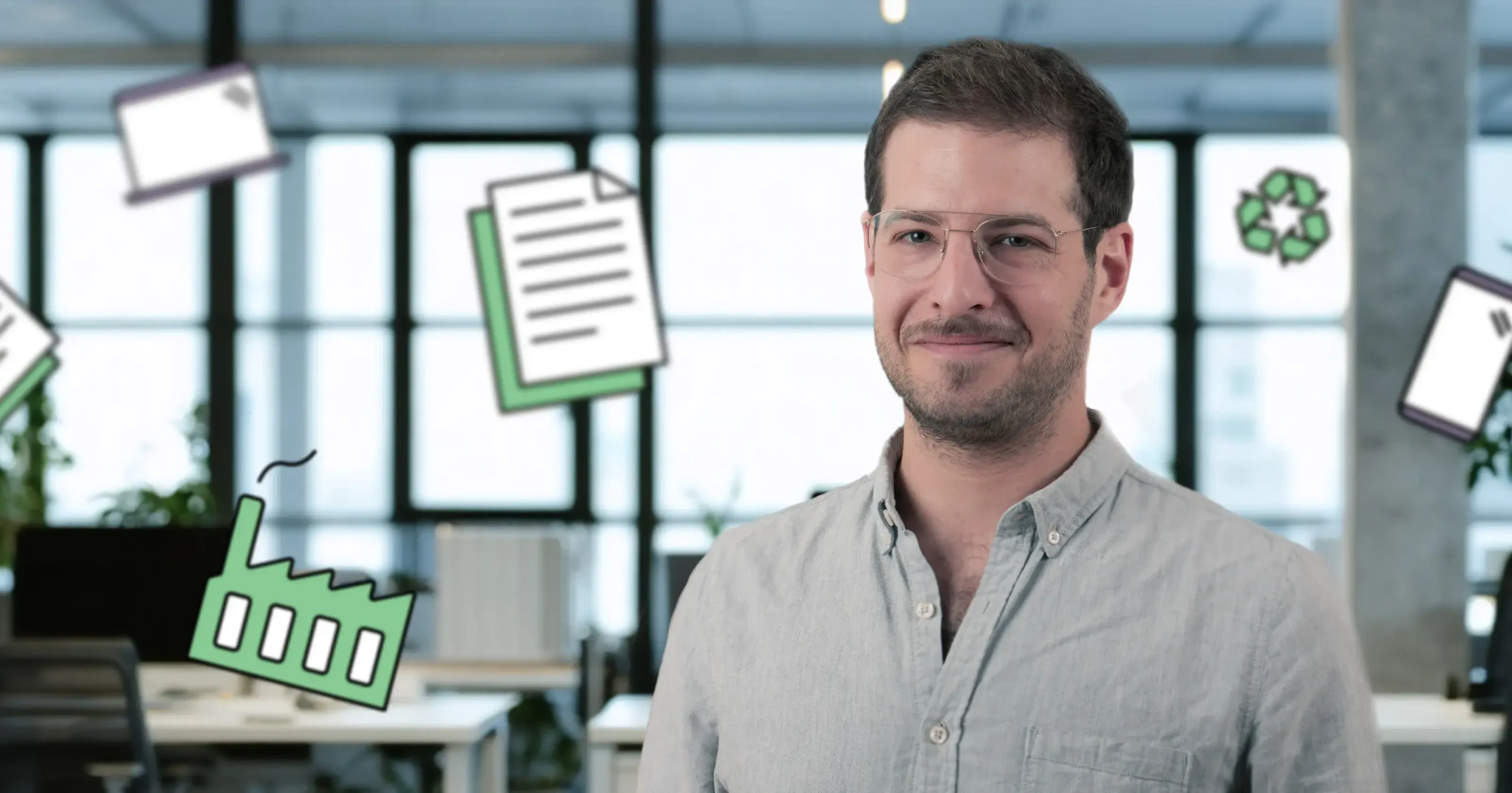Public procurement is an important tool for reaching environmental and climate goals in the EU. Unfortunately, many opportunities are lost when driving environmental criteria are not set. Independent sustainability labels are a solution for this, but clearer governance is needed so that these can be used in public procurement in all countries. The EU can do better!
Every year, public authorities in the EU spend around €2 trillion on the purchase of services, works and supplies. IT products, a category connected to a number of sustainability issues, are a significant part of this amount. More than fifty million tonnes of e-waste is generated globally each year, corresponding to the weight of almost 4,500 Eiffel towers. Much of this ends up in landfill, causing pollution, risks to human health, and the loss of valuable finite resources. The purchasing power of public procurement is great, and its ability to drive various industries in a sustainable direction should not be underestimated.
However, it’s not easy to set driving sustainability criteria in procurement, and this is particularly true when it comes to IT products. Criteria must continuously be updated and made stricter to stay current with new sustainability challenges and technical developments. In addition, large resources and a high level of expertise are needed to verify compliance with the criteria, initially, and ongoing. This is where independent ecolabels and sustainability certifications can help. But the current EU directive for public procurement makes it difficult for procuring organizations to take full advantage of the sustainability criteria in an sustainability label, and of the continuous, independent follow-up of criteria compliance that is included.
What’s problematic with the current directive is that it leaves too much room for interpretation, which leads to a situation where authorities in different countries have different views on what is possible. If the European Parliament really wants to use public procurement as a tool for promoting sustainable development, the space for interpretation must be reduced, and the intention clarified so that the use of independent sustainability labels in procurement is made easier throughout the EU.
The EU directive needs to be clarified so that more countries do what Denmark has already done. The Danish procurement strategy states that all products that are covered by independent sustainability labels must be procured using one of these labels, or with equivalent sustainability criteria. Continuous, independent verification and follow-up of criteria must also be required.
Authorities and municipalities cannot be expected to design driving sustainability criteria by themselves. Verifying compliance with the set criteria is even more challenging. The task is overwhelming even for those organizations that have expert knowledge of each product category. In addition, when organizations unite behind the same sustainability criteria and verification methods, they can more effectively push the industry in a sustainable direction.
As an example, we at TCO Development, the organization behind the sustainability certification TCO Certified, invest more than 10,000 hours annually in criteria development, and this only covers IT related product categories. In addition, independent verification organizations spend more than 20,000 hours each year on product testing and supply chain verification, to ensure compliance with all criteria in TCO Certified.
The European Parliament must make it easier for countries to copy Denmark’s strategy. They must more clearly steer the public sector to using independent sustainability labels in procurement, to more efficiently reach environmental and climate goals, reduce greenhouse gas emissions, minimize electronic waste and maximize the value of their IT investments. The EU can do better!

Sören is CEO at TCO Development and besides being interested in more sustainable IT products (who would have guessed?) he loves cross country skiing, bicycling in the mountains and kayaking at sea.




